We arrived at Villa Carmen Biological Station just as it was getting full dark. Villa Carmen, again, is owned and operated by the Amazon Conservation Association, as a base for research and as lodge for birders visiting the foothills area of Manu National Park. Villa Carmen sits on 7600 acres, ranging in elevation from 1700 to 4000 feet. They have 25 miles of maintained trails, and comfortable facilities for travelers of all kinds. The cabins, as befits the more lowland location, are open to the air on both sides, and unexpectedly elegant.
The feeding station and plantings near the dinning hall attract some interesting birds.

Red-headed Cardinal 
Blue and Yellow Macaw 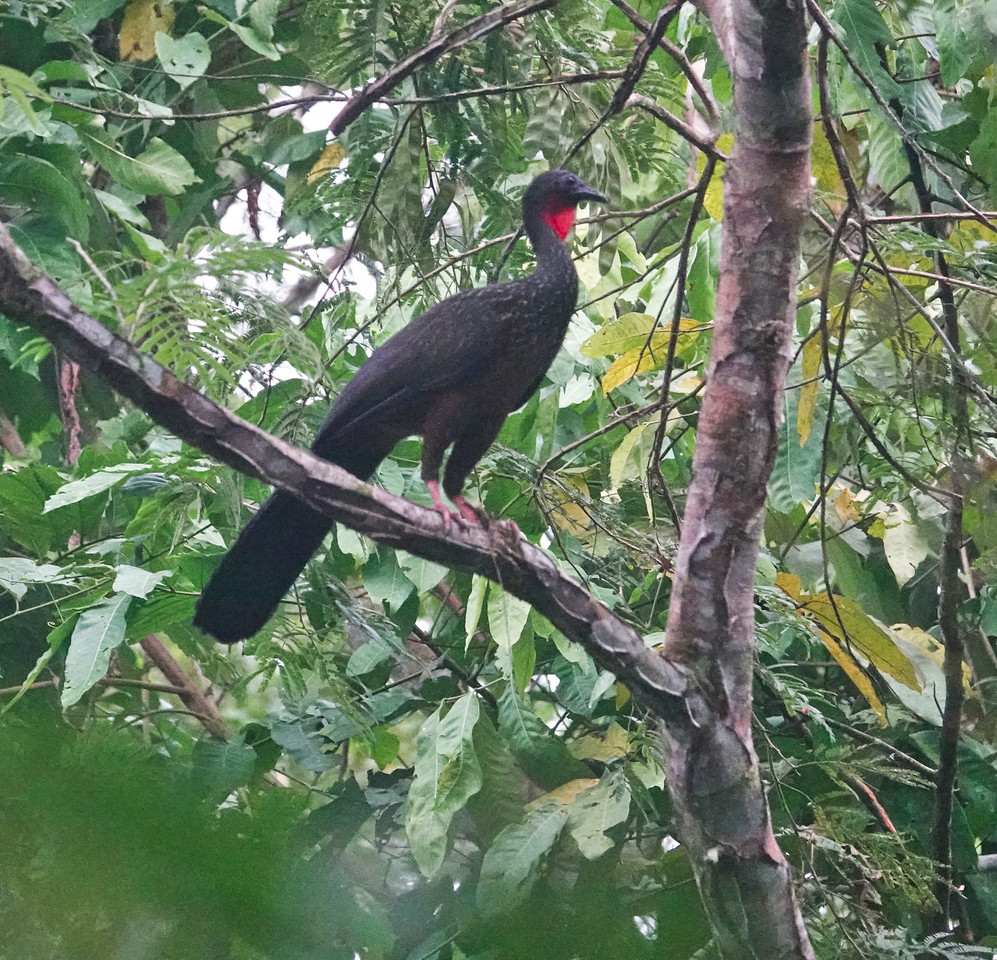
Crested Guan 
Sapphire-spangled Emerald 
Myiarchus Flycatcher?? 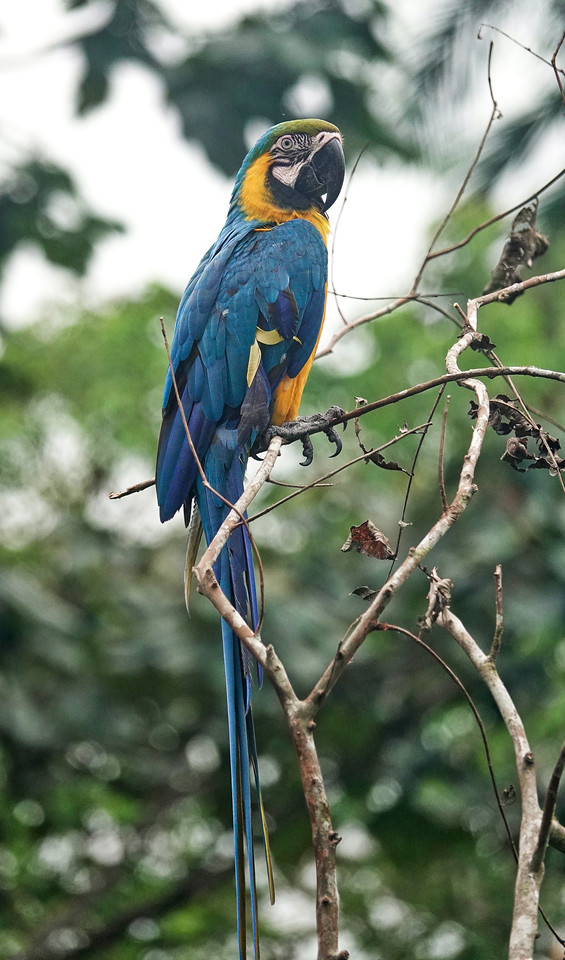
Blue and Yellow Macaw
But the most interesting residents of the immediate grounds of Villa Carmen are the colony of Hoatzin that congregate around the little pond below the dinning hall. The Hoatzin was a target bird on our Amazon Riverboat Cruise a few years ago, and we went to a lot of trouble finding them. At Villa Carmen they are yard birds, and present in impressive numbers.
Another attraction of Villa Carmen are the Amazonian Antpitta’s that the staff have been working with for several years. They have constructed a little ally way in the forest, with some basic benches, and you can make an appointment to accompany the researcher to the Antpitta’s area, where, if you are patient, at least one bird might come out to take worms from mossy rock in plain sight. As with the Cock-of-the-Rock lek, the Antpitta run is deep of the forest, so high ISOs or special low light modes (or both) are required for satisfying photography.
Literally at the far other end of the immediate Villa Carmen grounds, they also maintain a feeding station where Wood Rails and at least two species of Tinamous come out on a regular basis. The days we visited the Undulated Tinamou and the Grey-cowled Wood-Rail graced us with their presence.
An afternoon walk down the access road at Villa Carmen also turned up interesting birds, and quite a few interesting butterflies.

White-browed Antbird 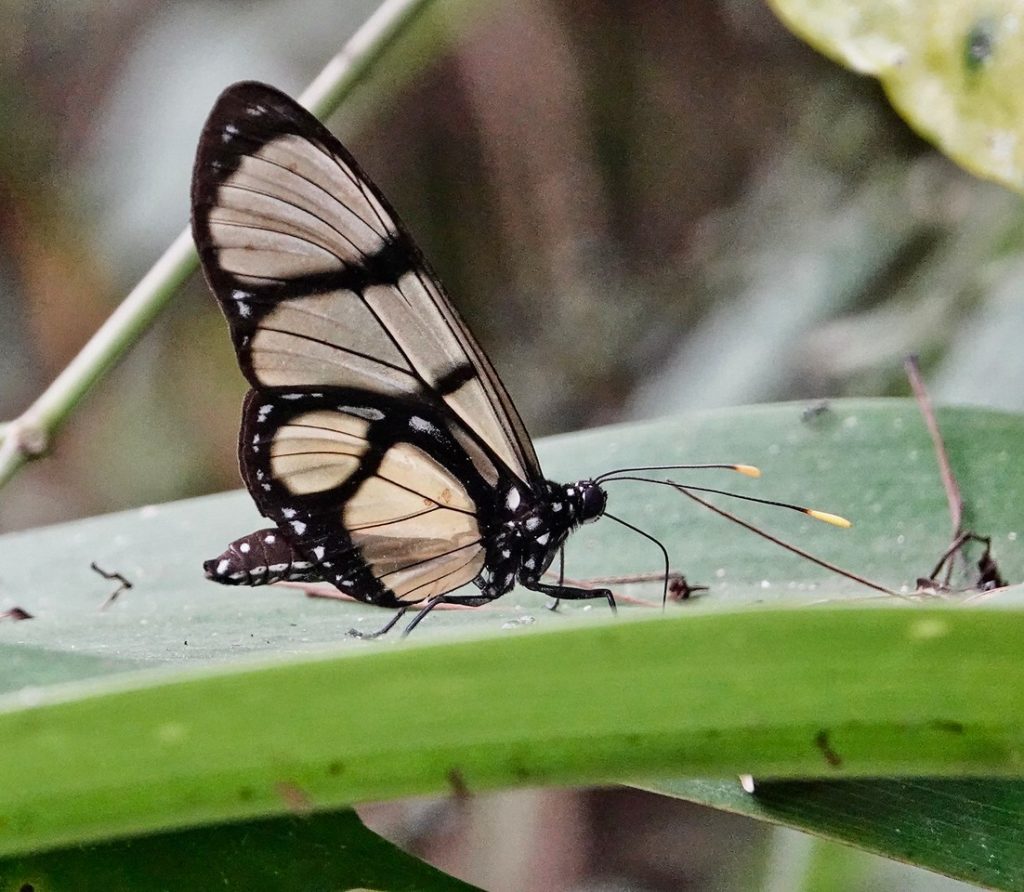
Giant Glasswing 
Grey Cracker 
?? 
Red-barred Amarynthis 
Black-fronted Nunbird 
Black-tailed Trogon 
Violaceous Jay
While watching for the Tinamous and Wood-Rails our guide, Yonatan Puma, mentioned that he was developing a small hummingbird garden on the other side of the river and a few hundred feet higher that attracted some interesting hummers which did not regularly appear at Villa Carmen. We spend a few hours with him late one afternoon, sitting on a rustic bench and enjoying the hummingbirds. Again, low light levels brought the Sony’s Anti-motion Blur Mode into play.
We spent our last full day on the Manu Road walking down the section above Cock-of-the-Rock Lodge again…in search of some Cloud Forest species we had not yet seen. We got a few good birds, and a few better looks at birds we had ween before…including a Cock-of-the-Rock foraging away from the lek. And, we had a great show of butterflies.


Postman 
Orange-barred Sister 
False Daggerwing 
Alana Sister 
Angle-winged Telesiphe 
Ruby-spotted Swallowtail 
Corinna Dagerweing 
Cherubini Emperor 
Andromeda Glasswing 
Acraea Mimic 
Orange-barred Pixie 
Common Longwing 
Gaudy Altinote 
Dyson’s Blue Doctor 
Redline Doctor, Gaudy Altinote, Dyson’s Blue Doctor 
Red-lined Doctor 
Rusty-tipped Page 
Blue Perisama 
Manu Perisama
Almost back to the lodge we stopped for some good lowland birds along the road.
On our last day on the Manu Road, on the drive back to Cusco, we only stopped for good birds, but the Manu Road had saved one of the best for last. On a tight turn near a big waterfall we came upon several van loads of birders, all looking at a Grey-breasted Mountain Toucan. We had been looking for this bird every day for 7 days, and here it was!

And that is the way it is on the Manu Road. You never know exactly what you will or will not see, but everyday you spend there you can count on great birds, great butterflies, and great scenery.
For more information on Wayqecha Biological Station and Birding Lodge, Villa Carmen Biological Station and Reserve and Amazon Journeys, visit Amazon Journeys.
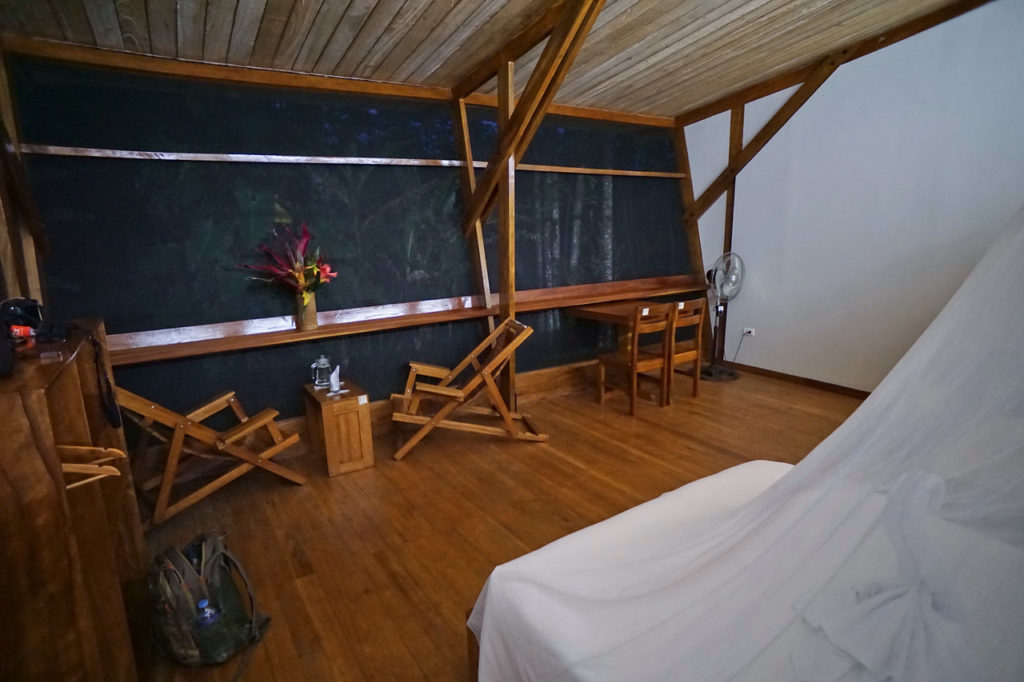



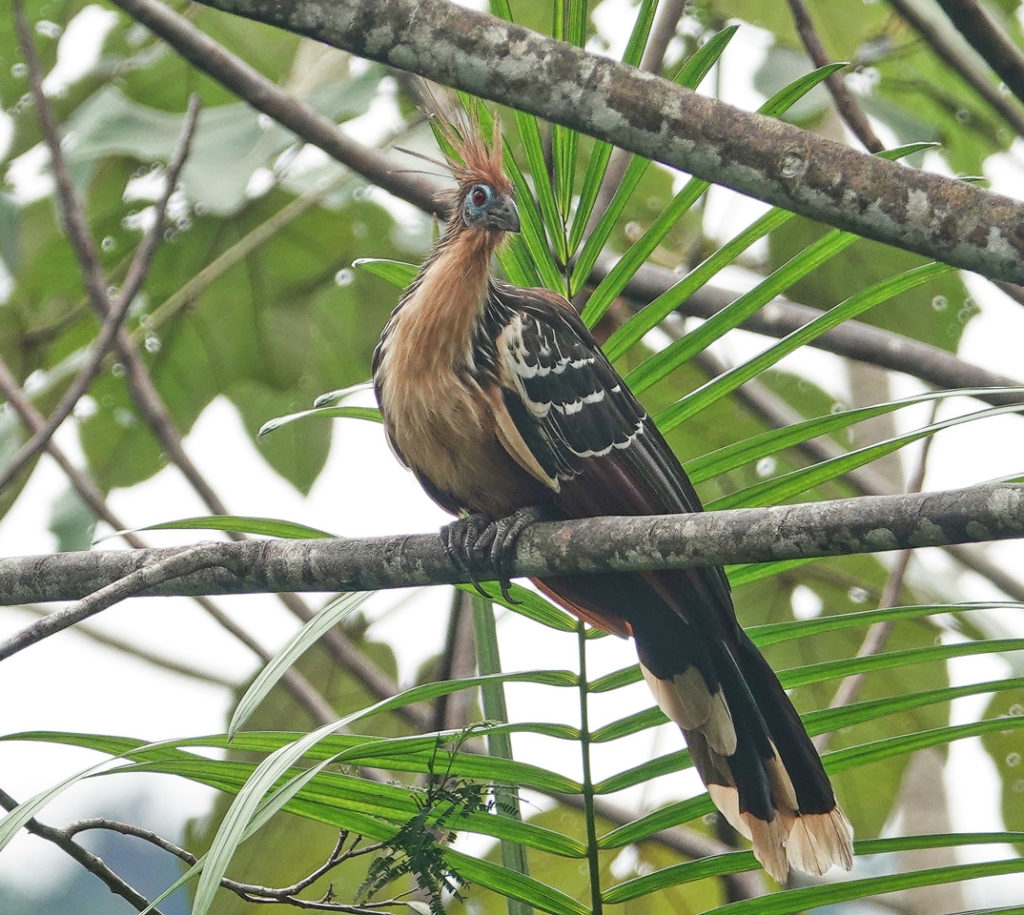













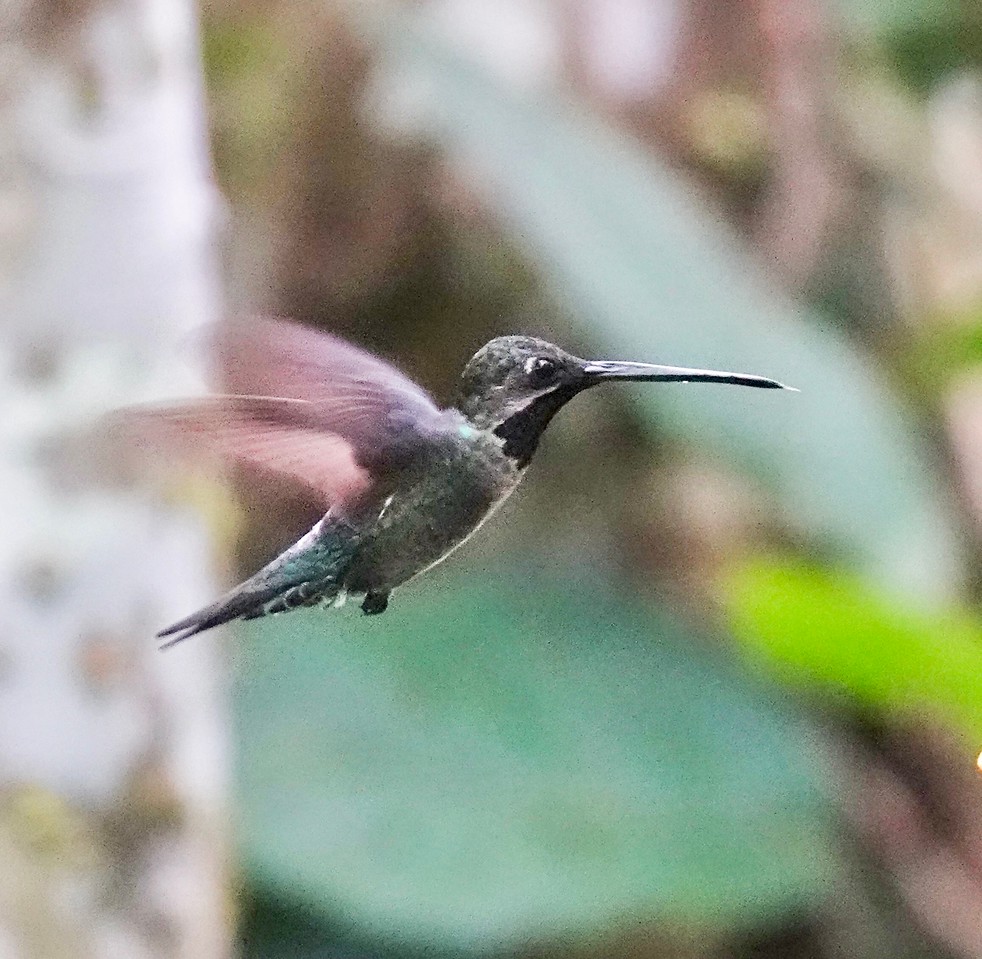











In which country is Villa Carmen located?
Sorry this is part two of the article Birding the Manu Road, Peru 🙂
Beautiful photos Steve!
How much was the cost for the tour?
You would have to check with Amazon Journeys using the link at the end of Part 2. The trips are custom designed and prices vary. 🙂